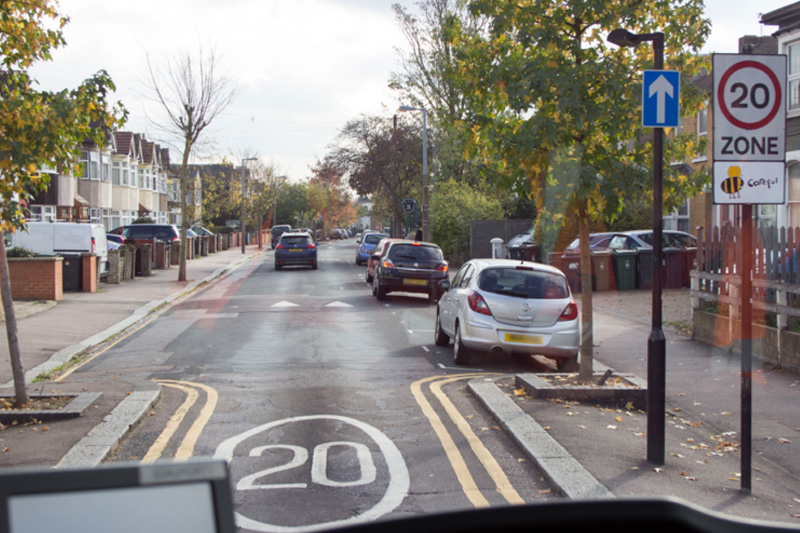
Compulsory plans to make the capital safer for road users by improving HGV drivers’ visibility may provide a blueprint for cities around the world.
The eyes of the world will be on London when the capital’s Direct Vision Standard (DVS) for HGVs begins to be rolled out this autumn. DVS – which aims to improve the safety of all road users, particularly pedestrians, cyclists and motorcyclists – will be a global first and if successful is likely to be replicated in busy cities across the world.
The initiative will categorise HGVs in terms of a driver’s field of vision from the cab. Vehicles over 12 tonnes will be given a safety rating and only those that meet the minimum requirements for direct vision, or can show equivalent measures to reduce risks to vulnerable road users, will be issued with a safety permit to operate on the streets of London.
DVS is part of a broader strategy launched by London Mayor Sadiq Khan to eliminate all deaths and serious injuries from the city’s streets by 2041. The initiative follows the release of alarming statistics revealing that HGVs are involved in 63% of fatal collisions with cyclists and 25% of pedestrian deaths. This is despite HGVs making up only 4% of miles driven in the city.
Blind spots have been identified as a major contributory factor in fatal collisions, leading Transport for London (TfL) to work with the freight industry and vehicle safety experts, such as Brigade, to address the issue.
The initiative is currently in the consultation phase, but permit issuing is expected to begin from October. By October 2020, all zero-rated rated HGVs will be banned from the city; and by 2024, only those HGVs achieving a three-star rating or above will be permitted to drive in London.
How DVS will work
HGVs will be given a rating between zero (lowest) and five (highest) based on how much the driver can see directly through the cab windows, as opposed to indirectly via mirrors or vehicle safety cameras. It’s not yet clear how long the permit will last or if there will be a fee.
Vehicles rated zero will have to apply for a safety permit and be retrofitted with safety equipment such as cameras, sensors and reversing alarms in order to continue operating in London.








